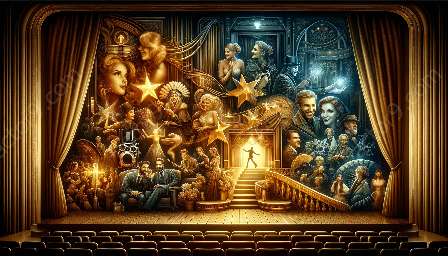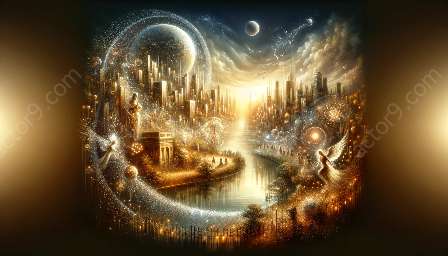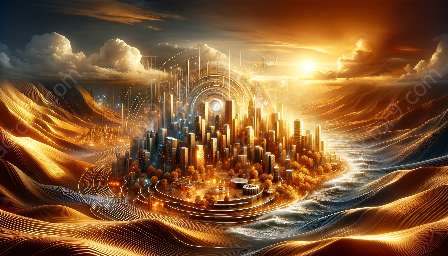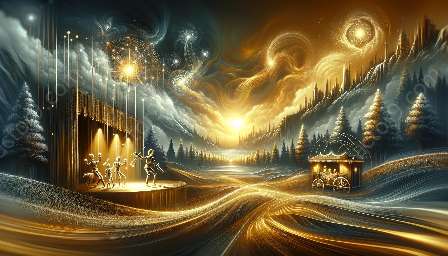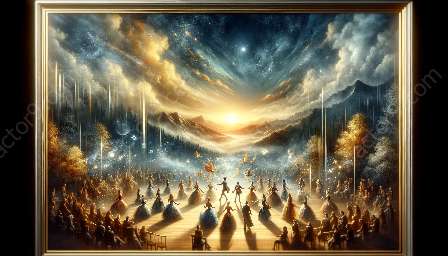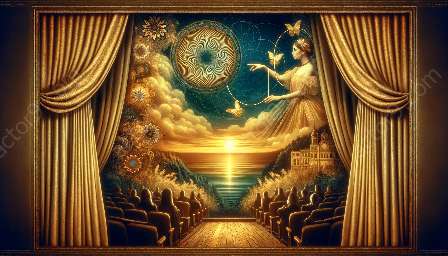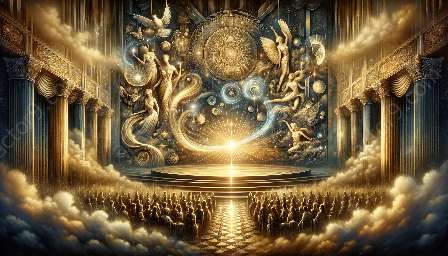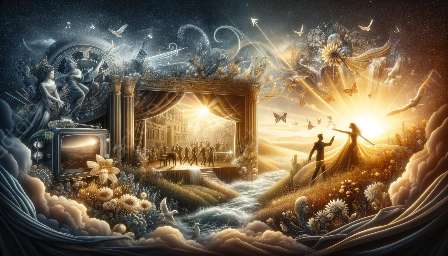Stage illusions, a central component of magic and illusion performances, have experienced a revolution thanks to technological advancements. Traditionally, stage illusions relied heavily on physical props, sleight of hand, and misdirection. However, the advent of new technologies has elevated the art form, enabling magicians to create more awe-inspiring, immersive, and mind-boggling experiences for audiences.
Projection Mapping
One of the most impactful technological advancements in stage illusions is projection mapping. This technique allows magicians to project images or videos onto three-dimensional objects, creating the illusion of transformation or movement. By precisely mapping the projected content to the contours of the stage props or set pieces, magicians can make objects seemingly appear, disappear, or morph into something else right before the audience's eyes.
Holographic Technology
Holographic technology has also significantly contributed to the evolution of stage illusions. Magicians can now incorporate holographic imagery to create ethereal and otherworldly effects, blurring the lines between reality and illusion. Holographic projections can bring virtual objects or characters to life on stage, enhancing the overall theatricality of magic performances.
Augmented Reality (AR) and Virtual Reality (VR)
AR and VR technologies have expanded the possibilities for stage illusions by introducing immersive digital experiences. With AR, magicians can overlay virtual elements onto the physical world, allowing for interactive and dynamic illusions. VR enables magicians to transport audiences to virtual environments, where the boundaries of reality and illusion dissolve, leading to truly mesmerizing and surreal performances.
Laser Technology
Laser technology has enabled magicians to incorporate precise and spellbinding visual effects into their stage illusions. By harnessing laser beams, magicians can create dazzling patterns, illusions of movement, and stunning light shows that captivate and amaze audiences. Laser technology has opened up new avenues for creating mesmerizing spectacles on stage.
Automation and Robotics
The integration of automation and robotics has revolutionized the execution of stage illusions. Magicians can now seamlessly orchestrate elaborate illusions with the help of robotic mechanisms that move, transform, or interact with props, adding a layer of sophistication and precision to their performances. From levitating objects to animating inanimate items, automation and robotics have elevated the art of stage illusions.
Interactive App Integration
Some magicians have embraced the use of interactive apps to enhance audience participation and engagement during stage illusions. By leveraging smartphone apps or custom-built software, magicians can create unique interactive experiences where audience members become an integral part of the illusion. This fusion of technology and traditional magic practices has redefined audience interaction in magic performances.
IoT and Sensor Technology
The Internet of Things (IoT) and sensor technology have empowered magicians to create seamless and responsive stage illusions. By integrating IoT devices and sensors into their props and sets, magicians can trigger and control effects with precision, synchronize multiple elements of an illusion, and deliver a meticulously coordinated performance that leaves audiences in awe.
Conclusion
The fusion of technology and stage illusions has ushered in a new era of magic and illusion performances. Magicians now have an extensive array of technological tools at their disposal, allowing them to push the boundaries of what is possible on stage. As innovation continues to drive the evolution of stage illusions, audiences can look forward to increasingly mesmerizing, immersive, and unforgettable magical experiences.





